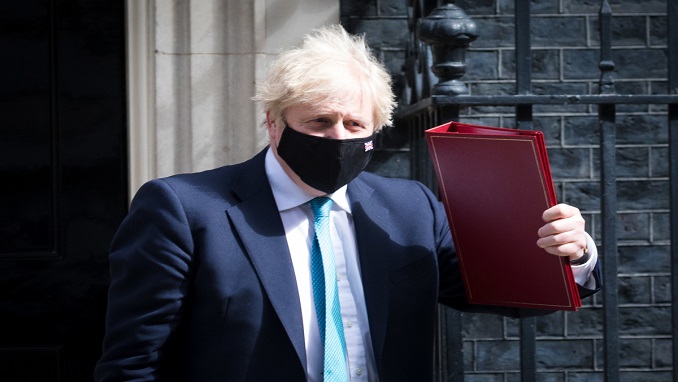
UK Prime Minister Boris Johnson outlined potential plans for handling Covid in the autumn and winter, in an effort to avoid future lockdowns in the UK.
Unveiling “Plan A” and “Plan B,” Johnson said the first plan is to prevent the NHS from becoming overwhelmed, and relies on vaccinations and testing. The second plan could be activated if the NHS comes under pressure.
Under Plan A, the emphasis will be on vaccinations. The public will be encouraged to get vaccinated if they haven’t yet, and vaccinations will be also offered to those 12 to 15 for the first time.
A Covid booster jab, or third shot, program will be rolled out as part of the measures, beginning with the most at-risk and the over-50s. Test and trace will also play a role in Plan A.
Plan B would include mandatory masks in some settings, and the return to working from home for some people. Vaccine passports may become mandatory for mass events and potentially other settings. These measures may therefore bar unvaccinated people from big events of 500 people inside or of 4,000 outside.
However, the report also details that stricter restrictions would be only considered as “last resort,” but that it would include economic and social restrictions.
When asked what would cause the moving from Plan A to Plan B, Johnson said it would rely on risk analysis, pressure on the NHS and hospital availability, and how rampant the disease is. However, specific metrics were not outlined on what would need to occur to change course to Plan B.
Vaccinations will therefore be relied on in the UK to both protect the public from the virus, and also to avoid future lockdowns and further restrictions.
In the UK, 92.5 million doses of the vaccine have been given, meaning more than 44 million people are fully vaccinated. Nearly 80 percent of eligible people in the UK have been fully vaccinated. The vaccine is currently offered to everyone aged 16 and older.

Be the first to comment